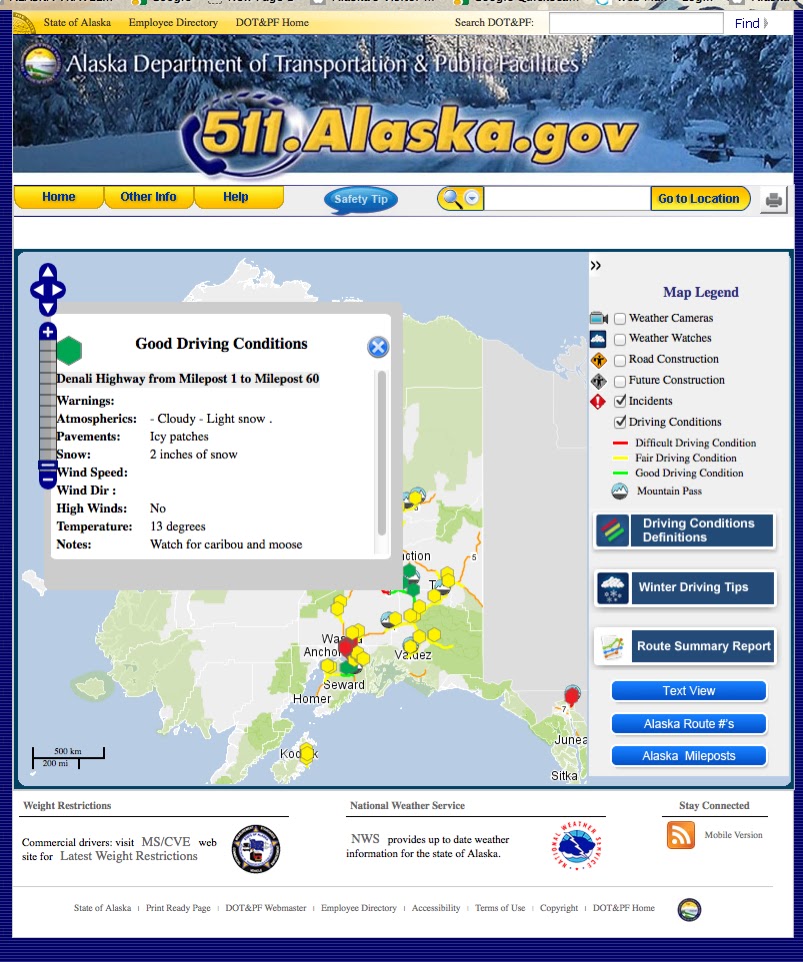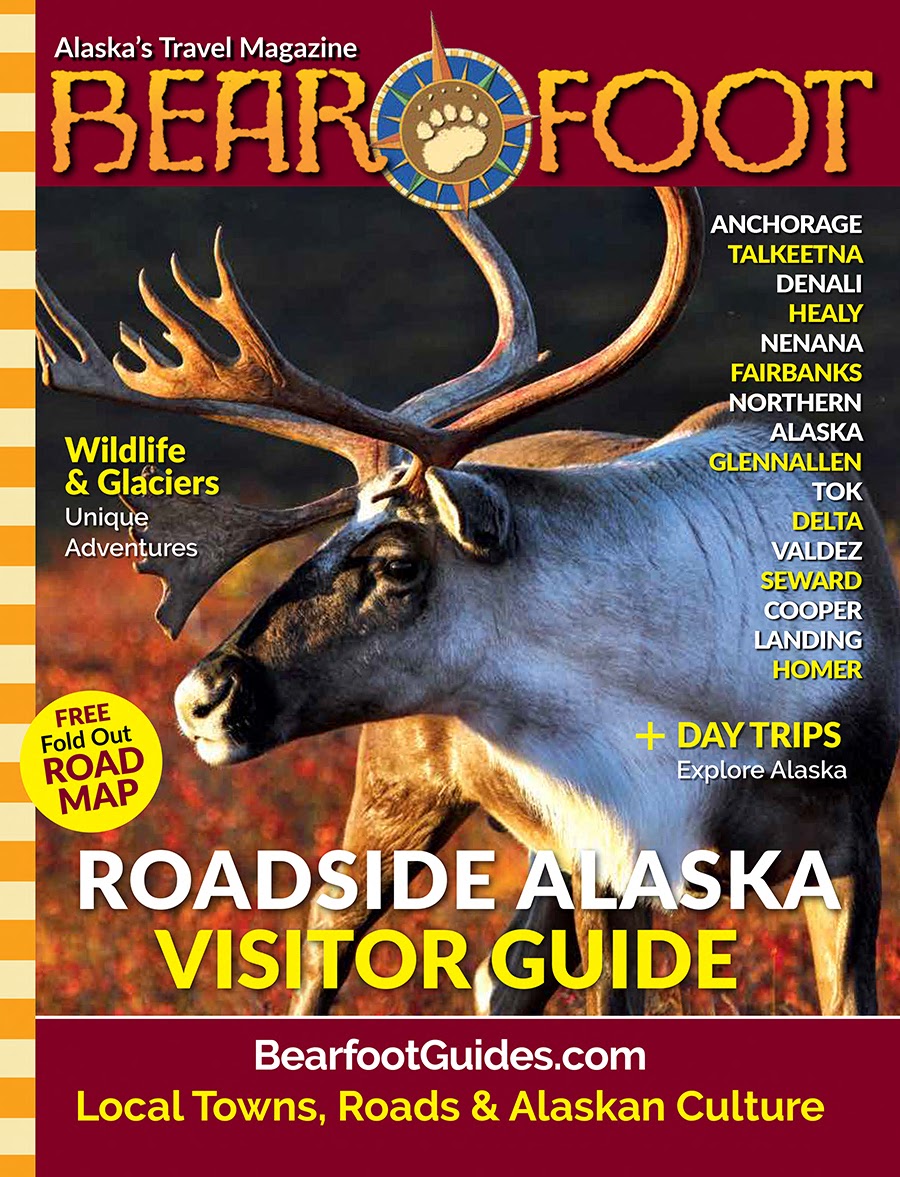Telling The Story Of The Border Country Between The Copper Valley & Canada...
WHITEHORSE, YT— Yukon University a nthropology instructor , Norm an Easton , has recently published the first ethnohistory of the...
WHITEHORSE, YT— Yukon University anthropology instructor, Norman Easton, has recently published the first ethnohistory of the Yukon Alaska borderlands in partnership with the US National Park Service. An Ethnohistory of the Chisana River Basin documents the First Nations’ use of the upper Tanana River basin based on ethnographic, archival, and archaeological research.
 |
| First People Of Border Country. (Photo from the publication) |
Norm Easton has worked in the Yukon-Alaska borderlands since 1990, documenting traditional and contemporary culture, native language, land use, and archaeology. The relationships that he cultivated with the communities of Beaver Creek, Northway, Tetlin, Tanacross, and Mentasta, among others, led to thousands of hours of interviews to support this publication.
“This ethnohistory is the first to use US historical archives and Canadian federal documents for this region from the last 150 years”, said Norman Easton, instructor, School of Liberal Arts. “I feel honoured to have spent the last 30 years working with the people from this region and to share how they have adapted to their lands and the encroachment of immigrants, nation states, and an international border”.
The borderlands divided the Indigenous Dineh of the region and a good portion in the United States is now encompassed by (or included in) Wrangell-St. Elias National Park and Preserve and Tetlin National Wildlife Refuge. The remote location allowed local First Nations to retain their autonomy and traditional lifeways longer than most other nations in North America until the building of the Alaska Highway.
“We are grateful to Norm Easton and YukonU for their partnership in making this important cooperative project possible and pleased to be able to share the results with both the local communities and the visiting public,” said Barbara Cellarius, cultural anthropologist, Wrangell-St. Elias National Park and Preserve.
The publication is illustrated with numerous historic and contemporary photographs that support the archaeological, archival, and ethnographic research. This project was funded by the Wrangell-St. Elias National Park and Preserve and Yukon University’s Scholarly Activity Grant program. It can be found online with print copies available in the coming months.
-Notice from Wrangell-St. Elias National Park














